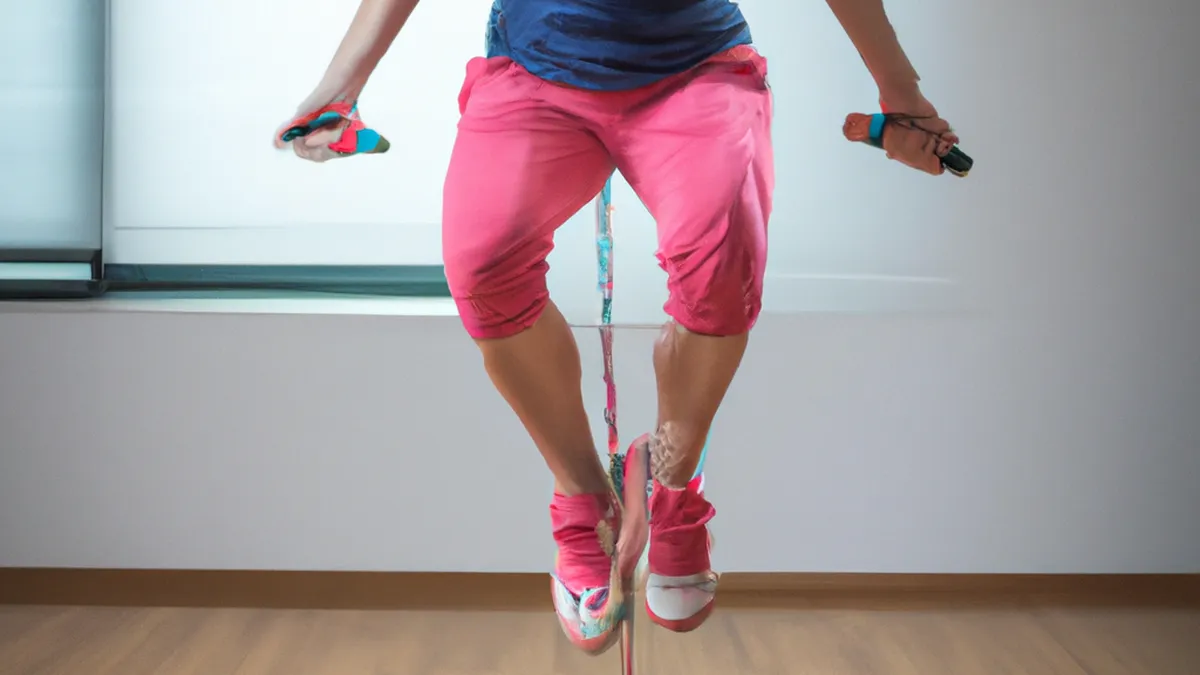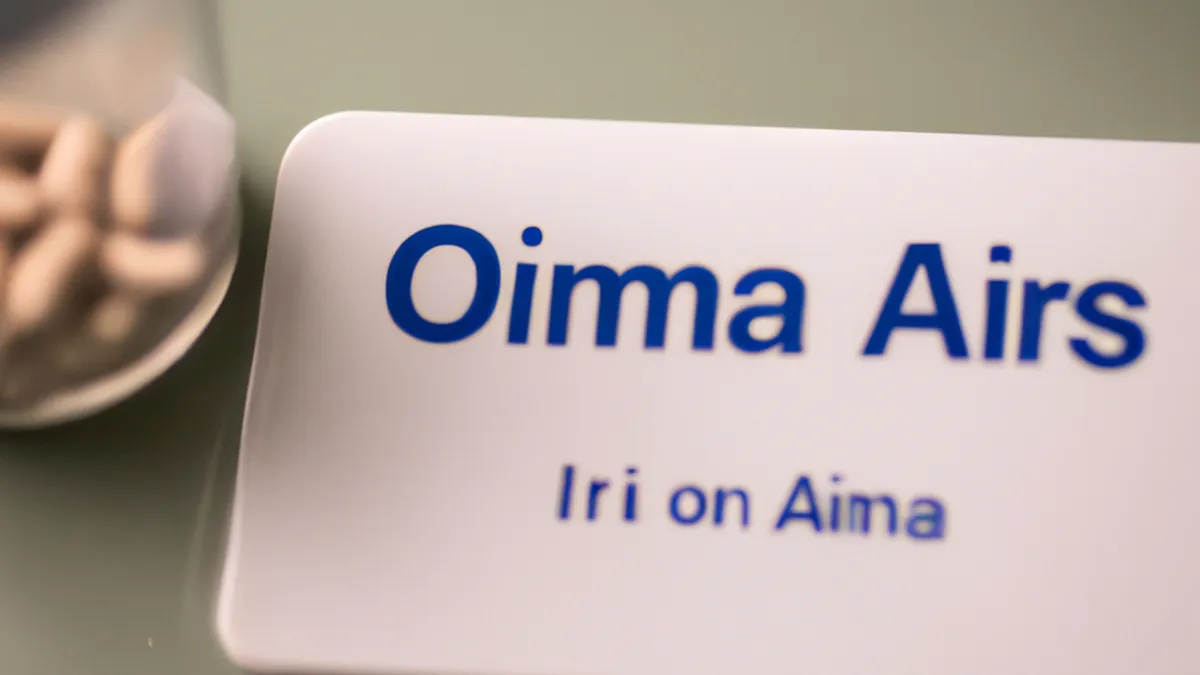Targeted Stretching Techniques for Jump Rope Success
Stretching Protocols for Jump Rope AthletesJump rope athletes need agility, speed, and flexibility. A proper stretching routine is essential. Stretching helps prevent injuries, improves performance, and enhances mobility. This blog post explores effective stretching protocols for jump rope athletes, detailing the importance of stretching, types of stretches, and long-term benefits.
Importance of Stretching for Jump Rope Athletes
Jumping rope requires rapid, repetitive movements that demand both strength and flexibility. These movements can cause tight muscles and potential injuries if mishandled. Stretching prepares the body for these activities. It increases blood flow, improves flexibility, and maintains proper form during intense sessions.Stretching also aids recovery. After rigorous workouts, muscles feel tight and fatigued. Stretching releases tension and promotes relaxation. A proper routine improves coordination and balance, essential for jump rope performance. Effective stretching protocols can enhance athletic performance and overall well-being.
Dynamic Stretching Before Jump Rope Workouts
As an Amazon Associate I earn from qualifying purchases.
Gear tip: consider jump rope, compression sleeves, and compression socks to support this topic.
Dynamic stretching prepares your muscles before jumping rope. This type of stretching involves controlled movements that raise your heart rate and warm up muscles. Here are effective dynamic stretches for your warm-up routine:
1. Leg Swings
Leg swings loosen hip flexors and hamstrings. Stand next to a wall or support. Swing one leg forward and backward in a controlled manner. Complete 10 swings on each leg. For added intensity, perform side leg swings to target inner and outer thighs.
2. Arm Circles
Arm circles enhance shoulder mobility and prepare your upper body for jump rope. Extend your arms to the sides at shoulder height. Make small circles, gradually increasing their size. Perform this for 30 seconds in both clockwise and counterclockwise directions. This exercise warms up shoulders and upper back.
3. High Knees
High knees activate hip flexors, quadriceps, and calves while increasing your heart rate. March in place, bringing your knees toward your chest. Aim for a high lift with each step. Continue for about 30 seconds, maintaining a brisk pace to prepare for jumping rope.
4. Walking Lunges
Walking lunges engage multiple muscle groups and improve lower body flexibility. Step forward with your right leg and lower your hips until both knees bend at about a 90-degree angle. Push off your front foot and bring your back leg forward into the next lunge. Perform 10 lunges on each leg.
Conclusion
In conclusion, stretching significantly benefits jump rope athletes. Incorporate these dynamic stretches into your warm-up routine for improved performance and reduced injury risk.
Below are related products based on this post:
FAQ
Why is stretching important for jump rope athletes?
Stretching is crucial for jump rope athletes as it helps prevent injuries and enhances performance. It prepares the body for rapid, repetitive movements by increasing blood flow and improving flexibility. Additionally, stretching aids in recovery by releasing muscle tension after intense workouts.
What are some effective dynamic stretches for warming up?
Effective dynamic stretches include leg swings, arm circles, high knees, and walking lunges. These movements help to raise your heart rate and warm up the muscles, making them ready for jumping rope. Incorporating these into your warm-up routine can enhance flexibility and overall performance.
How does stretching improve coordination and balance?
Stretching improves coordination and balance by promoting muscle flexibility and proper form during intense activities. A well-structured stretching routine helps athletes maintain their balance while performing complex movements. This is particularly essential for jump rope performance, which requires agility and precision.















Post Comment